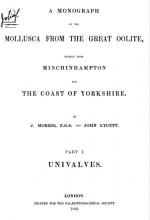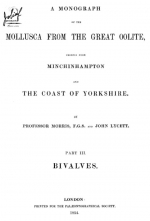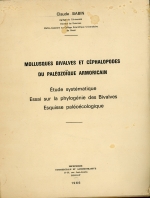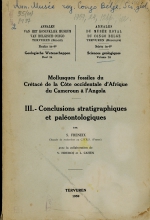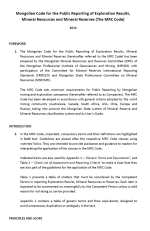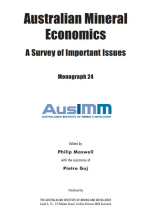Ce mémoire fait suite aux fascicules I et II consacrés à la description systématique des Gastéropodes (1) et des Lamellibranches (2) du Crétacé de la côte occidentale d'Afrique, du Cameroun à l'Angola.
Les conclusions stratigraphiques seront tirées de l'étude des faunes de Gastéropodes et de Lamellibranches (3), d'Ammonites (4) ainsi que d'études sur les Echinides (5) et les Poissons (6) des divers gisements dont nous avons étudié les matériaux récoltés dans les régions côtières du Cameroun, du Gabon, du Moyen-Congo ou Congo français, du Bas-Congo belge et de l'enclave portugaise de Cabinda, d'Angola. En outre, il sera tenu compte d'études ou de recherches plus récentes, intervenues depuis l'établissement des descriptions systématiques que nous venons de citer. <...>



